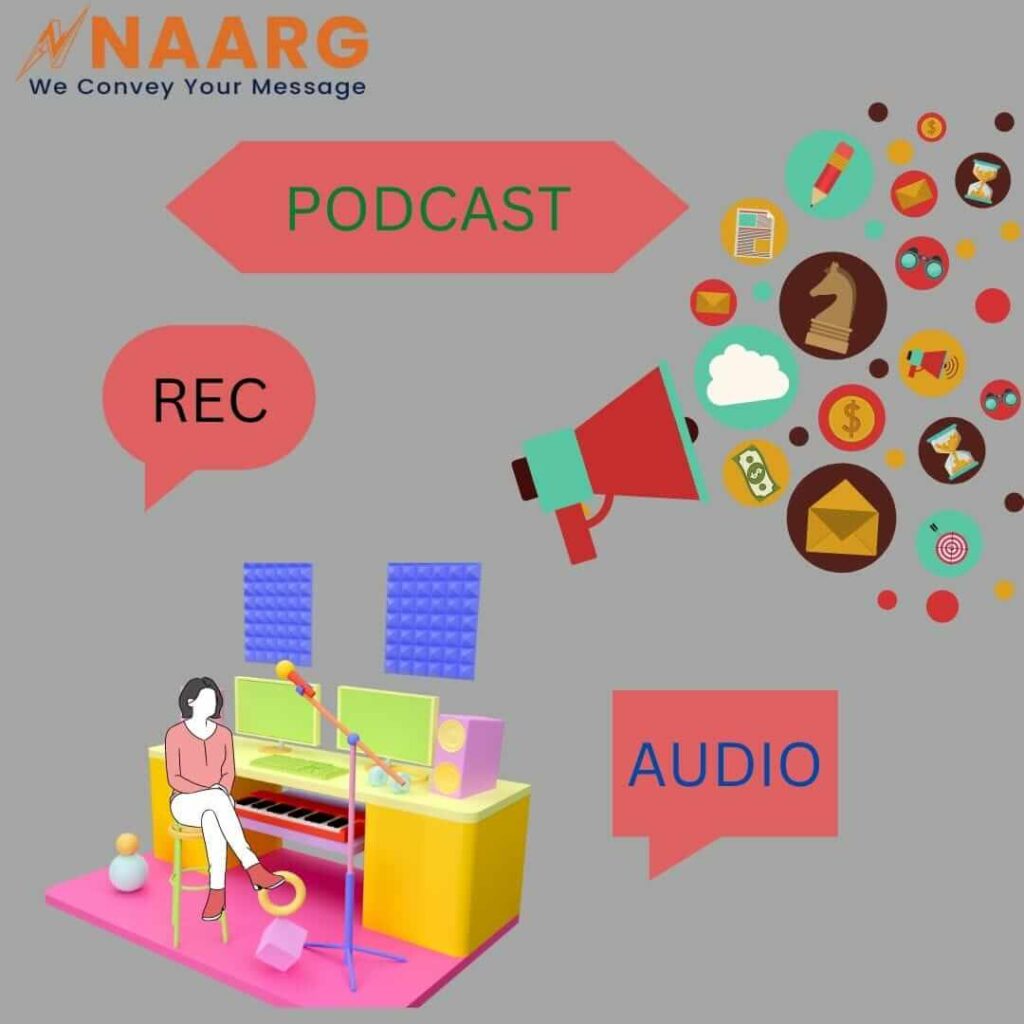Dubbing is a post-production process. It is a process used in filmmaking or video content productions. In dubbing, additional recordings are mixed or lip-synced with the original audio to create a new or finished track.
Dubbing can be referred to as the replacement of a voice in different languages. Dubbing is more efficient for additional dialogue replacement, in which the dubbing artist records in synchronization with the original video with correct lip movements.

Why is dubbing for video necessary?
As we know, dubbing is a post-production method in which dialogue are available in required language. The effectiveness of dubbing causes the audience to want to watch and enjoy the content that was originally produced in a language they do not understand. Demand for film dubbing is increasing as more people prefer to watch dubbed movies and web series. With the help of a dubbed video, people will relate it to their emotions.
1) Increase the reach of your film:
If you want to reach a wider audience and release your film in many locations, dubbing your film into target regions native language is necessary. Dubbing has a great feature; it makes you more excited while watching films, and audiences gets hitched to the movie.
2) Watching films for fun and to feel connected:
Dubbing boosts the excitement while watching, and sound chords grab more attention while listening to the songs. Dubbed content reaches a global audience and expands the reach of content. All languages and regional constraints can be removed with the help of dubbing, and people will be able to understand and experience different cultures with small video clips, web series, serials, and video content in their languages.
3) To correct pronunciation errors:
Dubbing makes the sound quality in films better. Directors choose to dub the film in its original language after post-production to minimize pronunciation errors. A situation where dubbing is necessary is, when the audio track is not clear or dialogues can be inaudible or unclear because of background noise, among other reasons.
4) Language Replacement:
While dubbing a film, you get the opportunity to replace one language with another. In the dubbing process, filmmakers use an additional audio track and mix it with the original visuals or audio file to make it easier to understand for a global audience.
5) Quality of content:
In a competitive era, people try to make content that is accepted worldwide and enhances the quality with different concepts. Dubbed video content gives you the chance to enjoy top-quality content in the local language.
How to dub audio over video?
When we think about how to dub audio over video, as we all know, Dubbing modifies the original audio track with the altered soundtrack in the same or different language in a given video; this process is called “revoicing.”
1) Localize your original script:
The first step is to localize or translate the original script or content into another language. Localization is not the same as translation. So it is advised to invest in localization to adapt to the culture rather than direct word-to-word translation to impact the audience.
2) Dubbing artist:
While selecting dubbing artists, they should be native to that place and language and know the dialect of that language to express exact expressions as required. They should understand the nuances of audio and video dubbing.
3) Recording of the localized script:
The voice actor will record new audio in an echo-free professional studio by turning on the record button, and then the recorded track should match the original video. At Naarg, we have the finest artists with home studios set up in global regions.
This gives us an advantage in delivering large volumes of content on time without sacrificing quality. While directing or listening, it should not feel unreal and forced. It is more appealing to the audience. Timing and tone should match the original work.
4) Syncing with dubbed audio:
Syncing the dubbed audio file with the original video file is a crucial and more technical task because lip movements are to match the original videos. Here, you need an Audio Dialogue Replacement process to edit and synchronize the audio file with video content. This process is time-consuming and needs more effort. It requires video editing software to make the changes.
AVID media composer software, we will see a step-by-step guide for video- and audio-related processes:
- In AVID Media Composer, go to the Tools menu and select the Audio Pinch-In tool.
- The next critical step is to select the input source, which is the device’s built-in microphone. Then choose a storage drive and bin to keep recorded clips.
- Mark in and out points where the narration is placed in the timeline of newly created audio tracks.
- Mute the audio volume.
- Use pre- or post-setting in the audio-punch tool to improve voice-over timing.
- Click the record button to start the recording, and press the stop button if you want to stop recording.
- After the recording is over, audio will be placed in new tracks; edit it if you want.
The rising trend of dubbing in 2023:
With increasing demand, the dubbing technique has improved over the years. The exchange of content or media is not restricted by the boundaries of languages, so many films and web series are localized from one language to multiple languages.
Netflix, for example, grew in popularity by first localizing and then dubbing its content. Initially, in the 1990s, people were unhappy because they thought dubbing removed cultural references, but now, with more progress, dubbed versions are carrying the actual essence of the source material.
We have many examples of dubbing in cartoons, films, and anime. Anime lovers can watch it in any language, so it’s going to a new height with regular improvements.
One of the best examples is Naruto, a Japanese-based anime that gained popularity globally and has a huge fan base since this content is dubbed and subtitles were created in multiple languages. The parasite is another huge success that won an Oscar because of its fine English subtitles. Naruto is one example, but there are many other web series that have gained popularity by being localized in different languages.
The global dubbing service market is reaching a new height with an increasing demand for localization. With the increase in globalization in digital media, people want content in multiple languages. According to Astute Analytical Reports, 52% of revenue is generated by the dubbing service market. This provides an opportunity for dubbing service providers to hire individuals with expertise in language translation and voice-over services.
Have any queries feel free to contact us at info@naargmedia.com, our dubbing team and strategist will support in dubbing your content in multiple languages and pave the way into new regions with amusing dubbed content.

